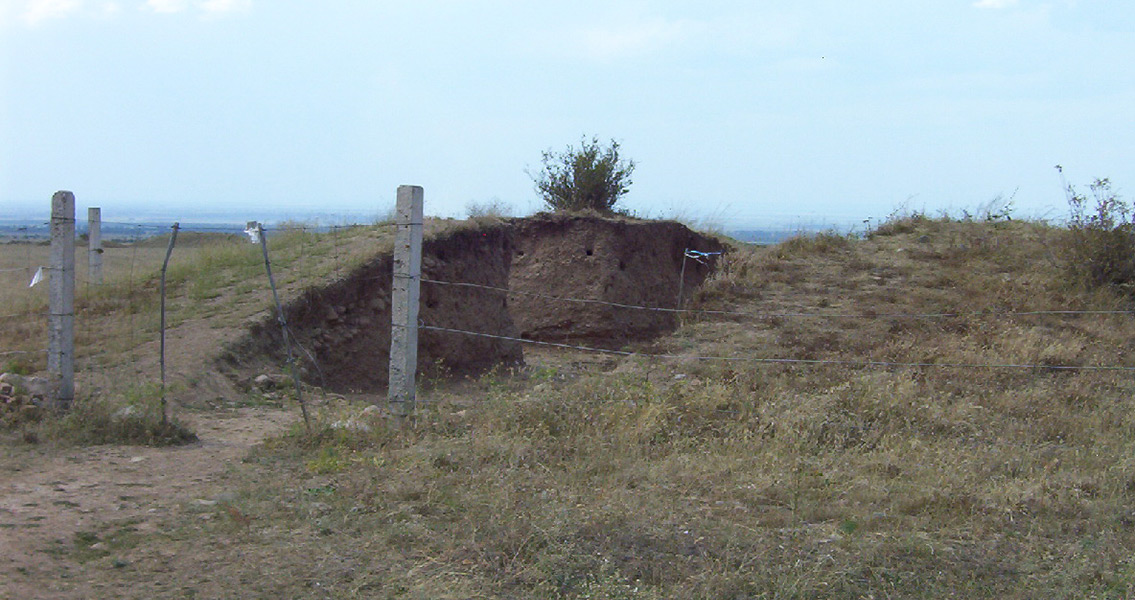<![CDATA[Stunning gold artefacts have been discovered during excavations in Kazakhstan. Excavations of a burial mound, or ‘kurgan,’ in the Alatau district of Almaty, south eastern Kazakhstan, have revealed some exceptional pieces of gold artwork. An expedition from the Museum of History of Almaty has been conducting archaeological excavations at the Kok Kainar burial site recently; the discovery of these golden artefacts represents their most impressive finds to date. The City Department of Culture revealed that, in total, three historical items had been discovered. The first, an impressive golden figurine of a feline predator, displays striking details. "It is made of two pressed embossed plates connected into a single sculptural figurine. It can be referred to as a "playing kitten" for its pose,” a statement from the Department noted. The feline artefact was discovered in mound number two of the Kok Kainar burial site, and has been dated to the fourth century BCE. The figurine has been interpreted as representing an element of a magical composition, and had probably adorned a piece of head wear. Secondly, the Department revealed a golden plate, featuring a depiction of a bird. “The plate depicts a bird of prey, its head turned to the left, with a large beak, and wings unfolded. The bird is depicted against the background of strawberries. This image is treated as a heraldic symbol", the Department stated. Kazakhstan was, until the thirteenth century CE, mostly populated by nomadic tribes. In the Eurasian nomadic tradition, the image of a steppe eagle was associated with notions such as freedom, fidelity, courage, strength and purity of thought. Birds of prey remain a popular motif to this day; an image of a steppe eagle adorns the modern national flag of Kazakhstan. It is possible that the steppe eagle was an important symbol for those that had constructed Kok Kainar in the fourth century BCE. The third find unearthed from the burial site was a bronze mirror with a handle and a round bronze disc with a protrusion. Both of these items were discovered in burial mound one and are from a slightly later time than the golden feline and plate. Burial mound one dates from between the second century BCE and the second century CE. Little is known about the early inhabitants of modern Kazakhstan. The nomadic tribes which roamed the Eurasian steppe 2,500 years ago left few pieces of physical evidence. No centralised cities or trade routes have been found and no evidence of their existence remains. The only traces of who these nomadic tribes were are the kurgan burial mounds which dot the Kazakh landscape. By excavating the Kok Kainar kurgans, archaeologists have revealed some spectacularly beautiful pieces of artwork, providing tantalising clues to an ancient culture which covered a vast area of Central Asia. Image courtesy of Wikimedia commons user: Firespeaker]]>
Ancient Kazakh Burial Mound Excavated
